Learn Industrial Valve Standards: JIS, DIN, ANSI, BS,...
Industrial valves are a critical component in fluid conveying and control systems in a variety of industries, from chemical manufacturing to energy, oil and gas, food and drinking water. To ensure that these valves operate efficiently, safely and are compatible with various systems, international industry standards have been established. In this article, we will learn about important standards such as JIS, DIN, ANSI and BS and why they are important in the selection and use of industrial valves.
.jpg)
JIS Standard
The JIS standard, originating from Japan, is one of the leading international standards for industrial valves. It includes quality criteria for size, pressure, temperature and valve connections. Products that comply with JIS standards often have uniformity and high quality. This helps ensure compatibility and performance of valves in international systems.
DIN Standard
DIN standard, from Germany, is also one of the leading standards for industrial valves. This standard specifies technical parameters such as working pressure and operating temperature of the valve. Products that comply with DIN standards generally meet quality and performance requirements and are known for their product uniformity.
ANSI Standard
ANSI standard, of the United States, specifies quality and dimensional criteria for industrial valves. This standard classifies valves based on working pressure and sets out the corresponding technical requirements. Products that comply with the ANSI standard typically have broad flexibility and compatibility, making them suitable for a variety of applications.
.jpg)
BS Standards
British BS standards also play an important role in industry. It sets out the quality and safety requirements of industrial valve products. BS standards also define connections and other specifications for valves. Products that comply with BS standards generally ensure safety and reliability in critical applications.
Application of Industrial Valve Standards
Industrial valve standards play an important role in ensuring the quality and performance of valves in production and fluid transport systems. Pressure standards help users choose the right valve for the pressure in their system. Flange standards specify the connection between the valve and the fluid pipeline.
.jpg)
Thanks to these standards, the selection, installation and operation of industrial valves becomes easy and reliable. They help the system operate effectively, ensure safety and reduce risks. Businesses and manufacturers can be confident in the compatibility and performance of the valve products they choose, thanks to their compliance with these international standards.
PHUC MINH ENGINEERING COMPANY LIMITED
Address: 92/38 Street 12, Quarter 18, Binh Hung Hoa Ward, Binh Tan District, Ho Chi Minh City
Hotline: +842835352125
Email: info@pm-e.vn
Website: www.pm-e.vn
Related News
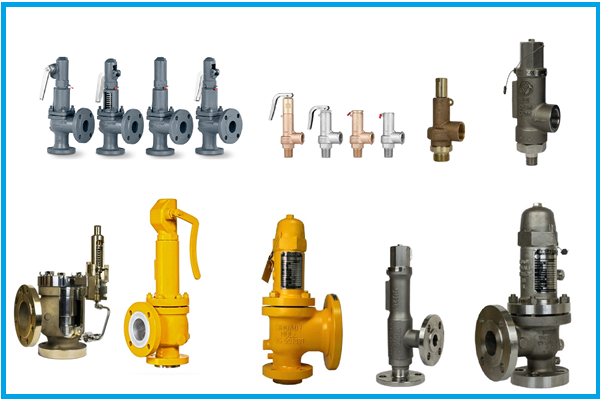
Benefits and uses of safety valves
05/11/2025
Safety valves are essential devices in industrial systems, designed to protect equipment and ensure operator safety. Below is a detailed analysis of the benefits and applications of safety valves.
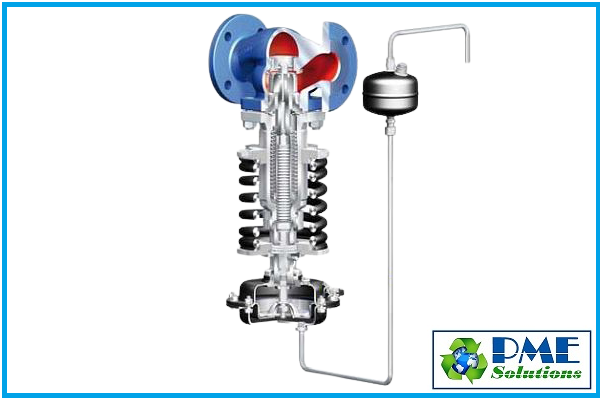
Benefits, Functions, and Applications of Pressure Reducing Valves
05/11/2025
Pressure reducing valves, also known as pressure regulating valves, are critical devices in industrial piping systems that help control and maintain safe pressure levels, protecting equipment from damage due to overpressure. Below is a detailed analysis of the benefits, functions, and applications of pressure reducing valves.
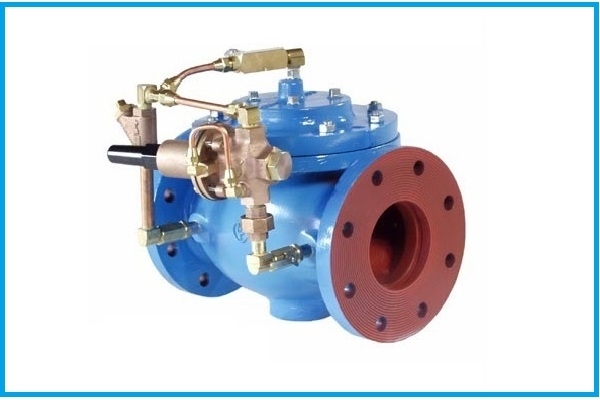
What is a pressure reducing valve? Structure, Operating Principle, Adjustment and Classification of Pressure Reducing Valves.
05/11/2025
Pressure Reducing Valve is also known as pressure regulator, pressure stabilizer, pressure regulating valve, etc. It is a type of industrial valve installed on the pipeline, with the function of reducing pressure and stabilizing output pressure, so that the output pressure is always smaller than the input pressure of the system, helping fluids to be easily transmitted to different devices. but the pressure is not too different.
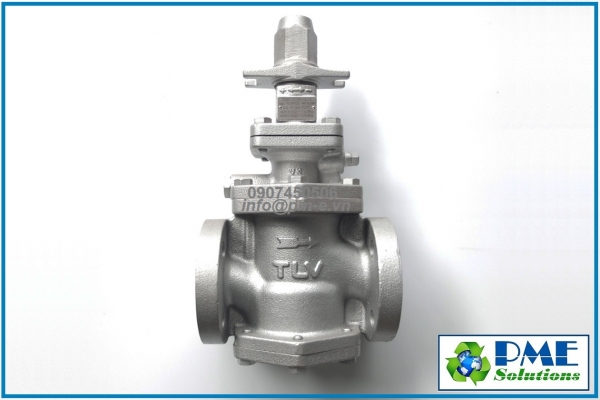
Overview Of Pressure Reducing Valve (Prv)
05/11/2025
A Pressure Reducing Valve (PRV) is a device used to regulate and maintain a constant downstream pressure by reducing high inlet pressure to a safe and stable level. It plays an essential role in protecting piping systems, equipment, and ensuring operational safety from overpressure. PRVs are widely applied in: Steam systems Compressed air systems Water distribution systems Hydraulic and industrial process systems
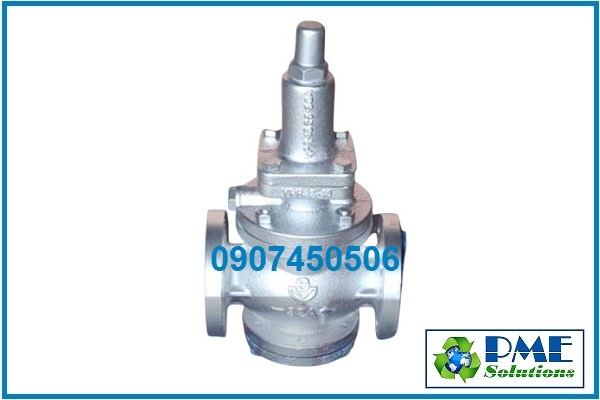
WORKING PRINCIPLE OF SAMYANG PRESSURE REDUCING VALVE
05/11/2025
Samyang pressure reducing valve is an automatic pressure control device widely used in steam, air, water, and hydraulic systems. Manufactured in Korea, Samyang valves are designed to stabilize outlet pressure, protect equipment, and extend the lifespan of piping systems.







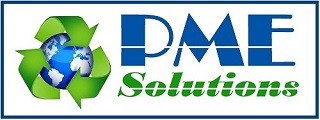

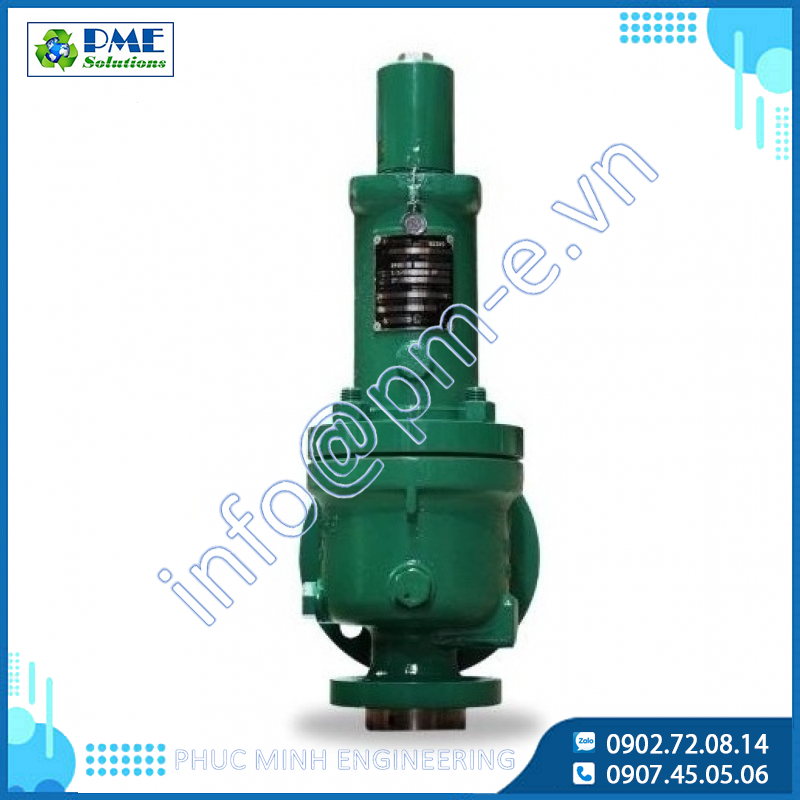
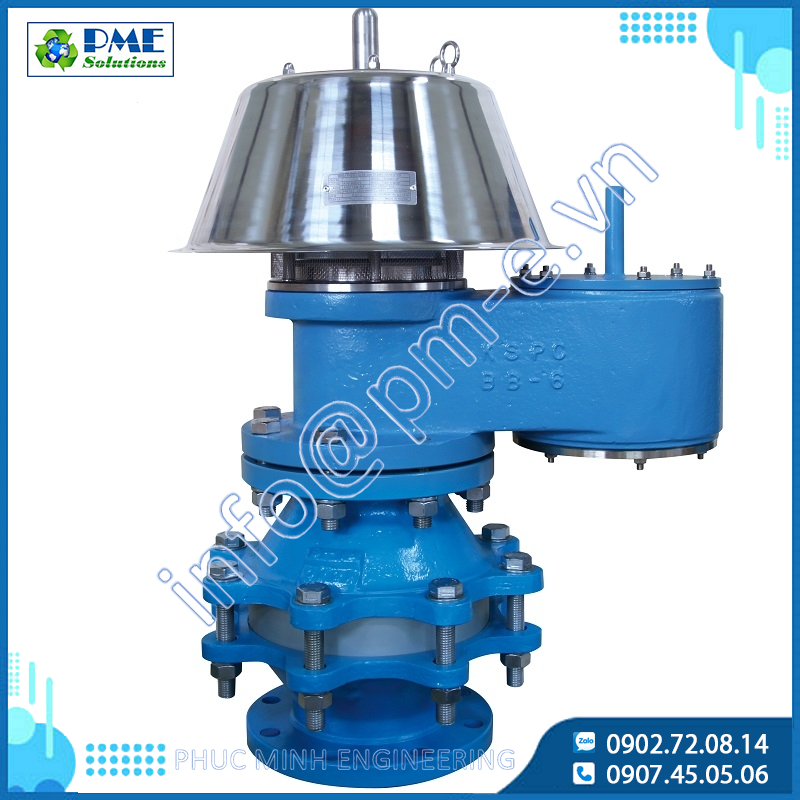
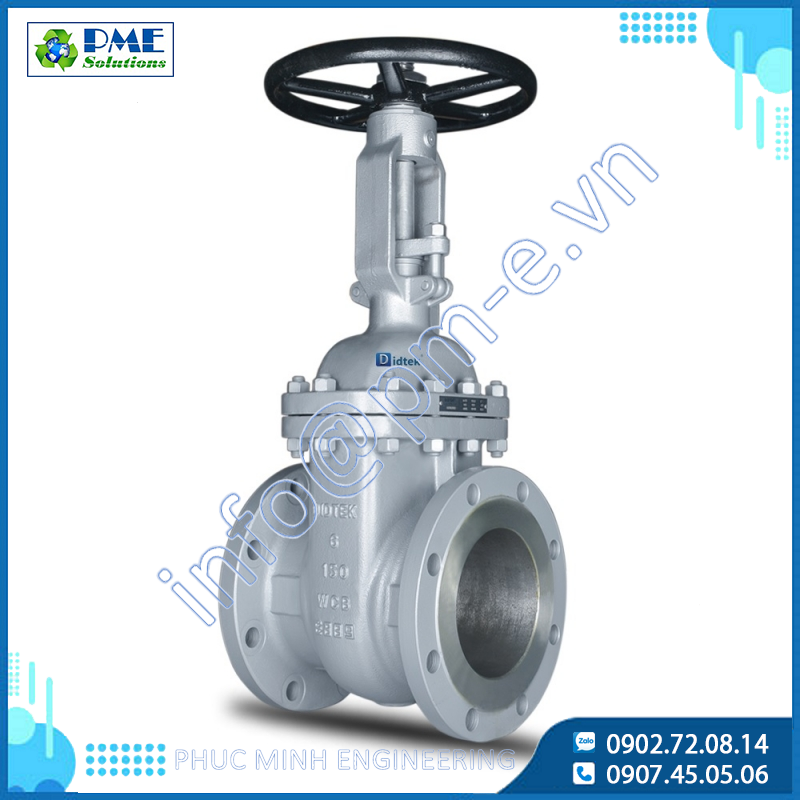
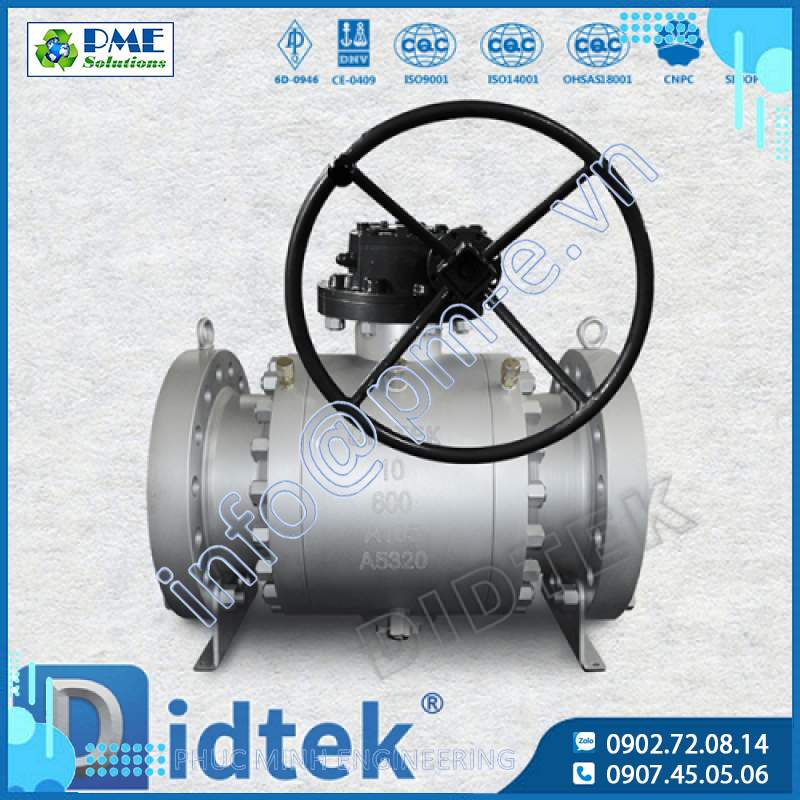
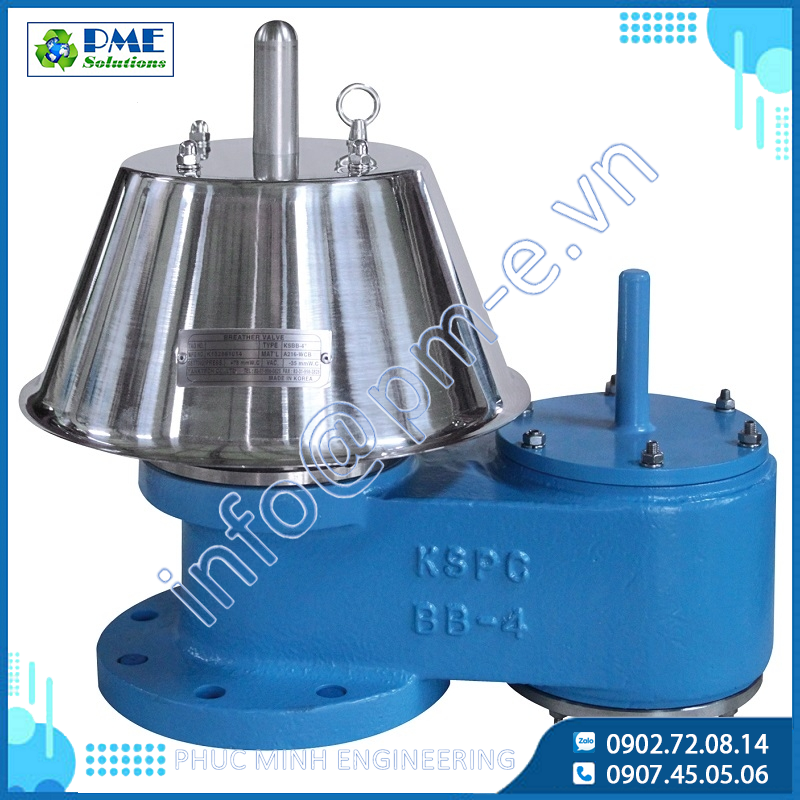
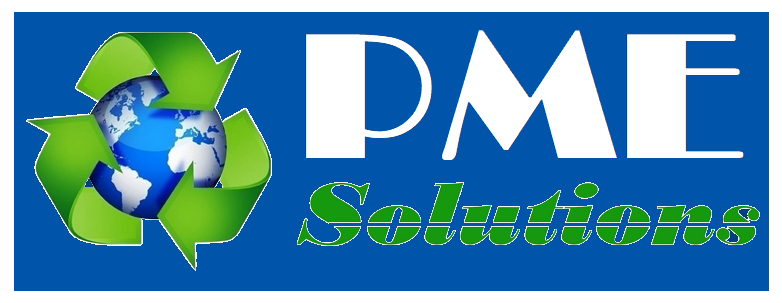

.png)






